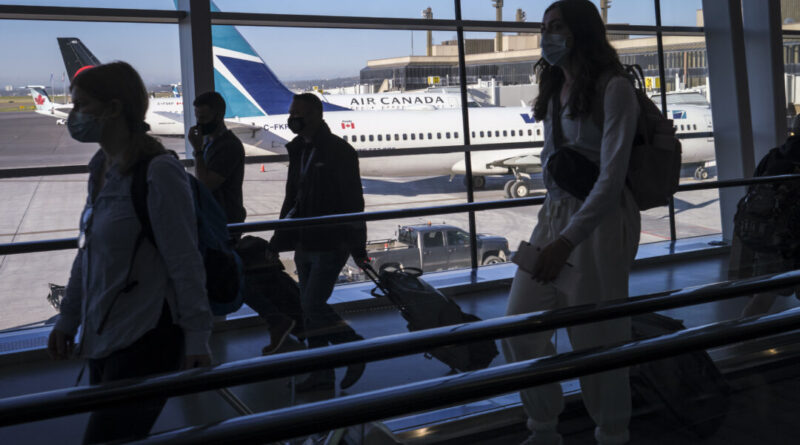Canada’s Immigration Rates: A Story of Peaks and Valleys
Recent changes to Canada’s immigration policies have seen a shift in approach after years of record numbers of newcomers being welcomed under the Liberal government. Immigration, Refugees and Citizenship Canada (IRCC) made key adjustments to its policies on Oct. 24, reducing target numbers of new permanent residents. The country’s target has dropped from 500,000 new permanent residents in each of the next two years to 395,000 in 2025, 380,000 in 2026, and further to 365,000 in 2027. This change came amid growing concerns about the impact of high immigration volumes on various aspects of Canadian life.
Immigration Minister Marc Miller acknowledged challenges associated with the aggressive immigration volume at a press conference on Oct. 24. The shift in policy reflects changing attitudes toward immigration in Canada, with a recent Abacus poll indicating a negative perception among 53 percent of Canadians, up significantly from previous years.
The push for high immigration numbers stemmed from the need to address falling birth rates and sustain economic growth in developed Western countries such as Canada. However, the COVID-19 pandemic disrupted immigration rates, leading to lower numbers than planned in 2020. Subsequent increases in immigration targets were met with concerns about housing affordability and strained infrastructure.
Consequently, the federal government decided to reduce the number of newcomers to address concerns around housing affordability and population growth challenges. This shift in policy aims to strike a balance between addressing labor needs and maintaining population growth without overwhelming existing resources. The adjustments made anticipate a positive impact on Canada’s housing supply and overall sustainability.
The recent changes in Canada’s immigration policies reflect a broader shift in public sentiment and political discourse around immigration issues in the country. Elected officials, including Ontario Premier Doug Ford and Conservative Leader Pierre Poilievre, have become vocal about the need for a more balanced immigration approach. As concerns about housing, security, and economic effects of high immigration levels have risen, policymakers have responded by reevaluating and recalibrating Canada’s immigration strategy.
Moving forward, Canada looks to implement stricter regulations and measures to ensure a more sustainable approach to immigration. By modifying targets for permanent residents, international students, and temporary workers, the government aims to address key challenges related to immigration while upholding the integrity of Canada’s immigration system.





